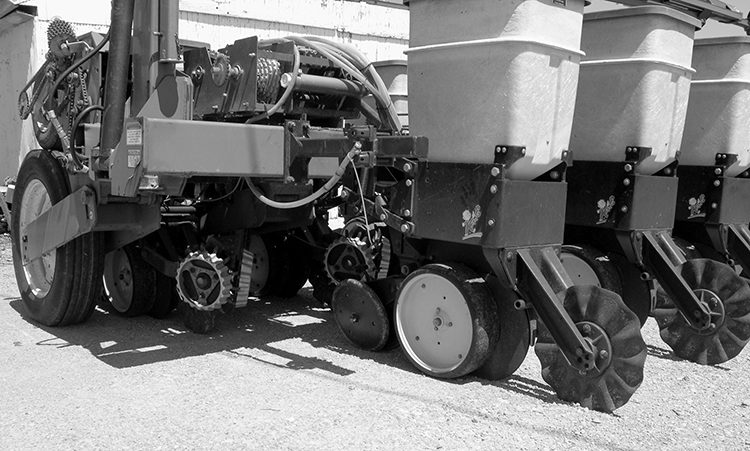No-Till Farmer
Get full access NOW to the most comprehensive, powerful and easy-to-use online resource for no-tillage practices. Just one good idea will pay for your subscription hundreds of times over.

More than 25 years ago, Bob Kannall bought his first no-till corn planter.
After buying a no-till drill the following season, he was 100% no-till.
While he has never looked back with any regrets about that decision, what first seemed so easy to do soon came with challenges. He recalls that many south-central Illinois growers who made the switch to no-till in the 80s abandoned it after several years of struggles.
“We had 2 or 3 wet years back-to-back in the early 90s,” says the Shattuc, Ill., no-tiller, who is joined in the farm operations by his wife Roberta. “At first, we thought some of these winter annuals that began to come on with no-till were our friends and we could work with them.
“But it turned out they were really a nemesis. They would hold that moisture so badly in our soils that we literally saw our topsoils turn wet and sour, which would cause poor germination.”
What once took just a pound of atrazine to control weeds no longer worked with winter annuals like barley grass and henbit emerging in no-till fields. With fall applications of glyphosate and 2,4-D, Kannall has been able to control winter annuals and start with cleaner fields in the spring to dry out quicker for timelier planting.
“We lost farmers out of no-till because we didn’t know how to manage those darn winter annuals,” Kannall says. “They stopped no-tilling because they just got plain disgusted.”
Kannall’s patience has been rewarded…